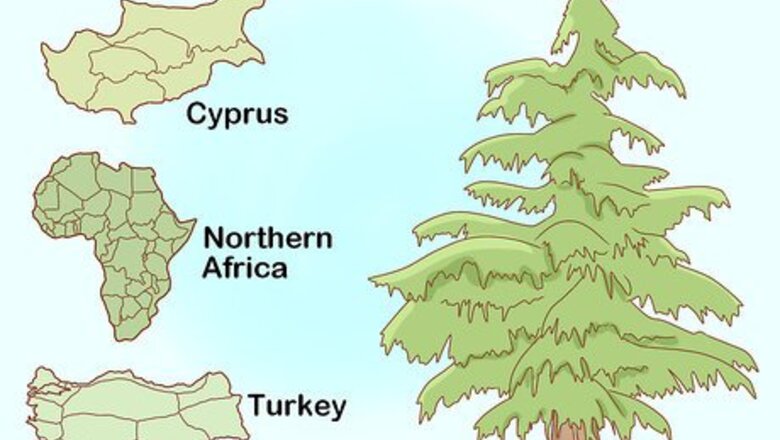
views
X
Research source
For instance, you're likely to find the Western Red Cedar, the Eastern Red Cedar, or the Atlantic White Cedar. If you're looking for true cedars in the United States, you're not likely to find them, as they are mainly found in the Mediterranean.
Noticing True Cedars

Look for true cedars in their native habitat of the Mediterranean. These trees primarily grow in places like Cyprus, the mountains of Northern Africa, Turkey, and Northern Indian. If you find one outside of these areas, it was likely transplanted in. You can find these trees around the United States, where people have brought them in and planted them.
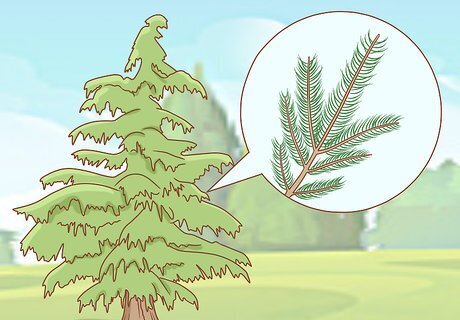
Check for dense clusters of blue-green needles. True cedars actually have evergreen needles instead of scale-like leaves that create finger-like extensions. You'll find them in thick groups along the branches, usually coming out of a thick peg-like extension. Generally, the needles are 1 to 2 inches (2.5 to 5.1 cm) long. You'll also see single needles in places, which indicate the newest growth on the plant.
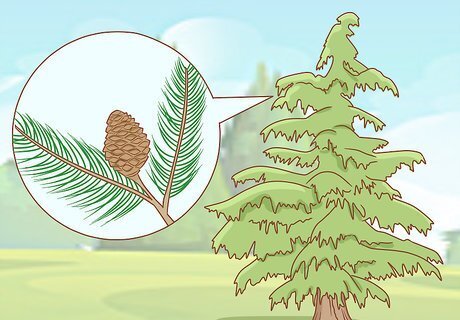
Watch for the larger cones on top of the branches. These trees bear large barrel-like cones. You'll see them sitting atop the branches rather than hanging in clusters below. These cones will be covered in thin scales. The scales fall off when the cone matures. Cones are usually 2 to 4 inches (5.1 to 10.2 cm) long.
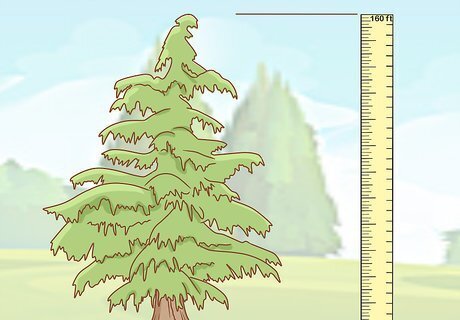
Notice the height of 130 to 160 feet (40 to 49 m). These trees can get relatively tall, and they can have a leaf span of 50 feet (15 m) or more. They can also measure as much as 3 feet (0.91 m) in diameter.
Picking out Western Red Cedars
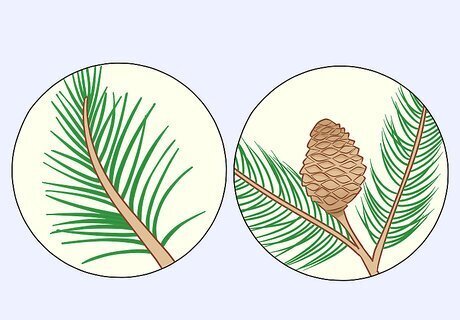
Check for reddish brown bark and cones. The bark will have a reddish hue to it, and it has vertical ridges up and down the tree. The cones are also reddish, and they are small, only about 0.5 inches (1.3 cm) around.
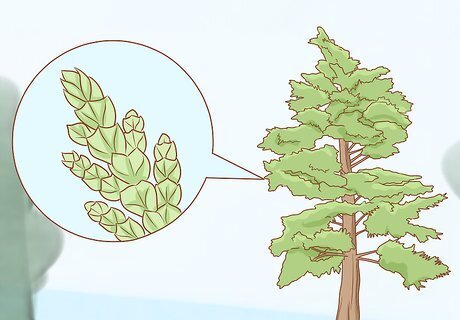
Look for leaves in opposite pairs. Leaves on Western Red Cedars grow in pairs at a 90-degree angle. That means that when you're looking at the leaves, they will make a v-shape along the branch, with the "V"s pointing inwards. Because the leaves form opposite pairs, it creates a flat structure, almost like a lattice. The leaves are small and scale-like, and they often have 3 points on the end. They form long finger-like extensions that make the "V"s. Crush a leaf in your hand, and it will create a strong smell. The scent is a little bit like pineapple.
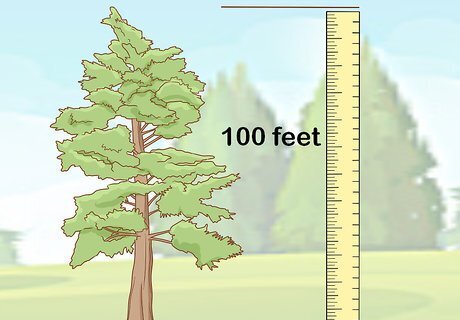
Watch for trees over 100 feet (30 m). Western Red Cedars are very tall, and they can grow above 200 feet (61 m). Typically, if the cedar is above 100 feet (30 m), it's a Western Red Cedar. To help you estimate the height, think about your own height. How many of you would it take to reach the top? That can give you some idea of the tree's height.

Check for Western Red Cedars in the Pacific Northwest. The trees' native habitat is in the western part of the United States, particularly the northwest. They prefer to be closer to sea level rather than up in the mountains, though you will find them at almost any elevation. While the tree is native to the Pacific Northwest, people have taken it to other temperate climates, so you'll find it places like New Zealand, Australia, and Western Europe.
Finding Eastern Red Cedars
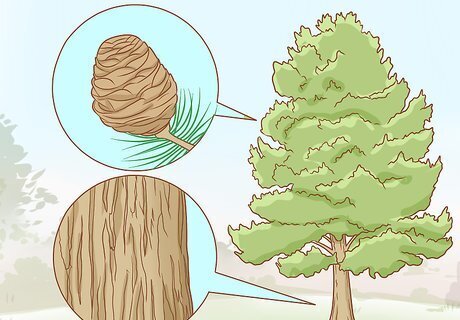
Look for peeling silvery brown bark and small reddish cones. Typically, the main part of the bark will be white or silvery with vertical stripes of light brown. You'll see little bits of it splintering off in small strips. The cones are about 0.5 to 1 inch (1.3 to 2.5 cm) in diameter. The cones are only found on male trees. You might also see hints of red. If you dig down a little bit into the bark, you'll get the "cedar" wood smell.

Check for scale-like leaves that form finger-like extensions on 4 sides. Eastern Red Cedar leaves are similar to Western Red Cedar in that they are scale-like and form "fingers." However, they go all around the stem, rather than just forming opposite pairs. Leaves can be yellow-green or dark green.
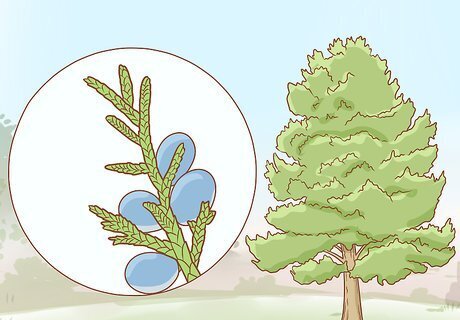
Watch for pea-sized blue berries on female trees. Female trees produce small cones that look like berries. They start out green. Eventually, they'll develop a blue hue. Birds and other wildlife feed on the berries. You can identify a female tree by these berry-like cones.
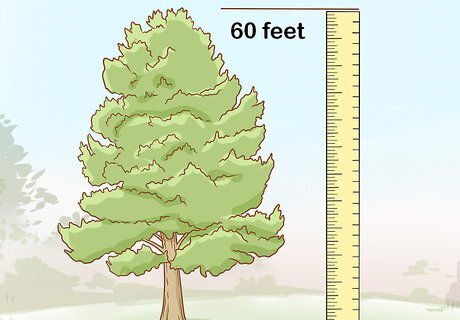
Check for a height of 40 to 60 feet (12 to 18 m). These trees don't get nearly as tall as a the Western Red Cedar. They top out at about 60 feet (18 m) with a trunk that's about 1 to 3 feet (0.30 to 0.91 m) in diameter. As a guide, 60 feet (18 m) is about the length of a bowling lane. When these trees are younger, they typically look more like shrubs.
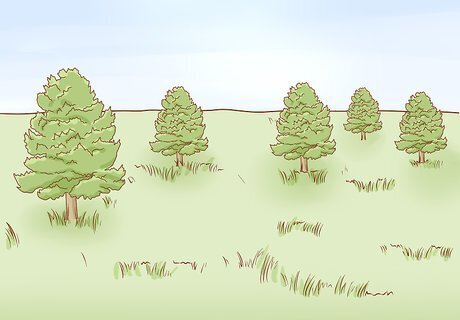
Look for this tree in a variety of habitats. This tree is very adaptable, so you will find it in forests, prairies, and pastures, just to name a few. In fact, it does well in areas that other trees have trouble in. Also, it's often one of the first trees to return to an area that's suffered damage, such as wildfire.
Looking for the Atlantic White Cedar
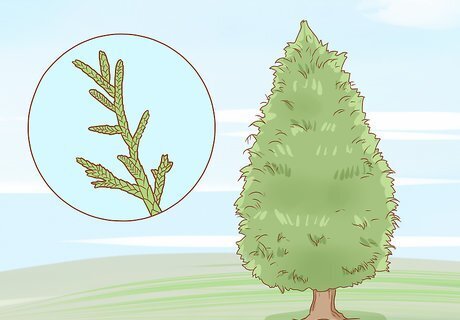
Pay attention to blue-green leaves with scales. These trees have scale-like leaves that extend out in small fingers. They make fan-like shapes, and they have a strong scent if you crush one. The leaves generally make a flat shape, making them look a bit like ferns.
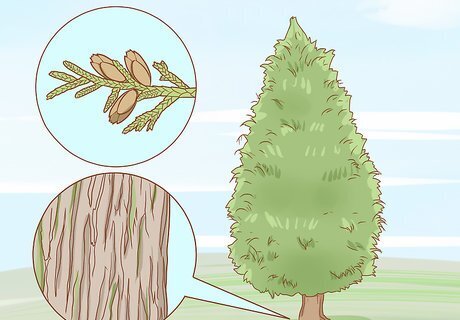
Check for reddish bark that splinters off and very small cones. The bark on this tree is similar to the Eastern Red Cedar in that it has a reddish hue. It also peels off in small strips that look somewhat like large splinters. The cones on this tree don't get above 0.25 inches (0.64 cm) in diameter. They have a blue/purple hue and are smooth before maturity. The cones mature in the fall, and turn a reddish brown with small scales.
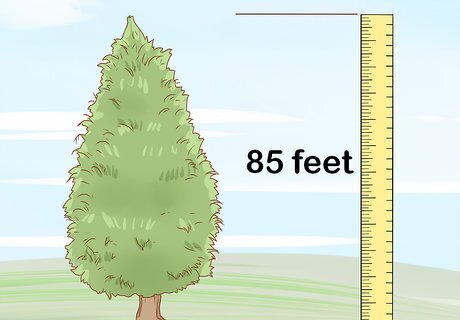
Notice a height of 40 to 85 feet (12 to 26 m). In certain areas, such as Maine, these trees will stay on the short end, at about 40 feet (12 m). However, it generally doesn't get above 85 feet (26 m), even in more temperate areas.
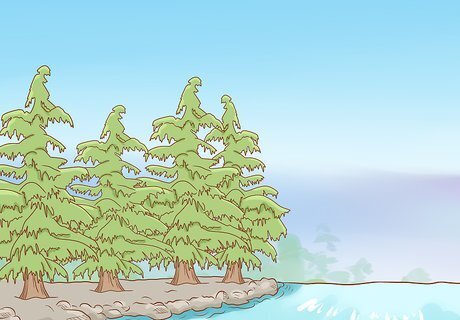
Watch for Atlantic White Cedar in lower elevations near the coast. These trees prefer to be below the elevation of 200 feet (61 m). You can find them in wet or lowland areas. Because these trees have a very limited habitat range, you're less likely to run across one.


















Comments
0 comment